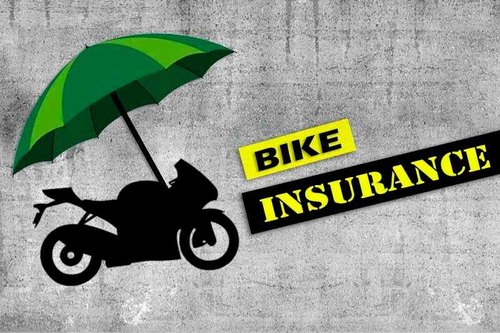
As a two-wheeler owner, you must have come across the mandatory requirement of a two-wheeler insurance policy. The Motor Vehicles Act of 1988 makes it compulsory for all vehicle owners, be it private or commercial vehicles, to have an insurance cover. While a two-wheeler plan not just helps avoid hefty penalties, it is offers protection to your vehicle too.
There are myriad bike insurance plans to choose from and hence regarded as a confusing decision. But if you are confused of what is a two-wheeler insurance plan and why is it so important, you have come to the right place. This article aims to answer all those frequently asked questions surround two-wheeler insurance covers. Continue reading to know more.
What is a two-wheeler insurance cover?
A two-wheeler insurance is contract between you, the policyholder, and the insurance company to protect you against financial losses related to your vehicle. Similar to a health insurance plan, it aims to offer financial cushion for the repairs that are required as well as liabilities that ensue due to damages to third parties. Depending on the coverage of your insurance plan, the compensation is paid by the insurance company.
What are the types of two-wheeler insurance plans?
Two-wheeler insurance policies are available in two types—a third-party cover and a comprehensive cover.
As the name suggests, a third party bike insurance policy offers protection against legal liabilities that may arise due to accidents resulting in an injury to such third person or damaging their property. Along with such third-party coverage, third-party plans include a personal accident cover. Such personal accident cover includes protection to you, the policyholder, in the event of death or disability in such an accident. These plans offer no protection for damages to your bike. For the limited protection they offer to third-parties, these plans are the bare minimum according to Indian Motor Tariff.
On the other hand, you have an option to select a comprehensive cover that constitutes of three parts—third-party cover, own-damage cover and personal accident cover. While the third-party cover and personal accident cover work the same as a third-party plan, the own-damage cover extends this policy’s scope to protect against damages to your bike.
Can a bike insurance plan be customised?
Yes, comprehensive plans can be customised using the add-on facility. These add-ons are features that can be purchased over and above the comprehensive policy allowing you to enhance the policy’s scope significantly. While many different add-ons can be added to your policy cover, selecting only those add-ons that add value to coverage can help keep the premium in check. * Standard T&C Apply
How the premiums for a two-wheeler insurance plan computed?
The premiums for a two-wheeler insurance policy are computed based on not one single factor, but a combination of many factors at once. Engine capacity, insured declared value, type of insurance coverage, policy terms, manufacture and model are some factors that are instrumental in determining the premium for your bike. * Standard T&C Apply
What are the documents that are required to make and insurance claim?
The bike insurance claim procedure may differ among different insurance companies however, a few common documents that are required are as follows:
- Copy of registration certificate of your bike
- Claim form duly filled
- Copy of invoices for repairs (in case of reimbursement claim)
- First Information Report (in case of theft)
- Copy of insurance policy
These are some of the commonly asked questions that can help you in selecting a suitable insurance cover. Make sure to review the coverage of your policy at every two wheeler insurance renewal. This way, you can always be on top of your requirement to cover any unexpected losses that may arise in the future. Insurance is the subject matter of solicitation. For more details on benefits, exclusions, limitations, terms and conditions, please read sales brochure/policy wording carefully before concluding a sale.











